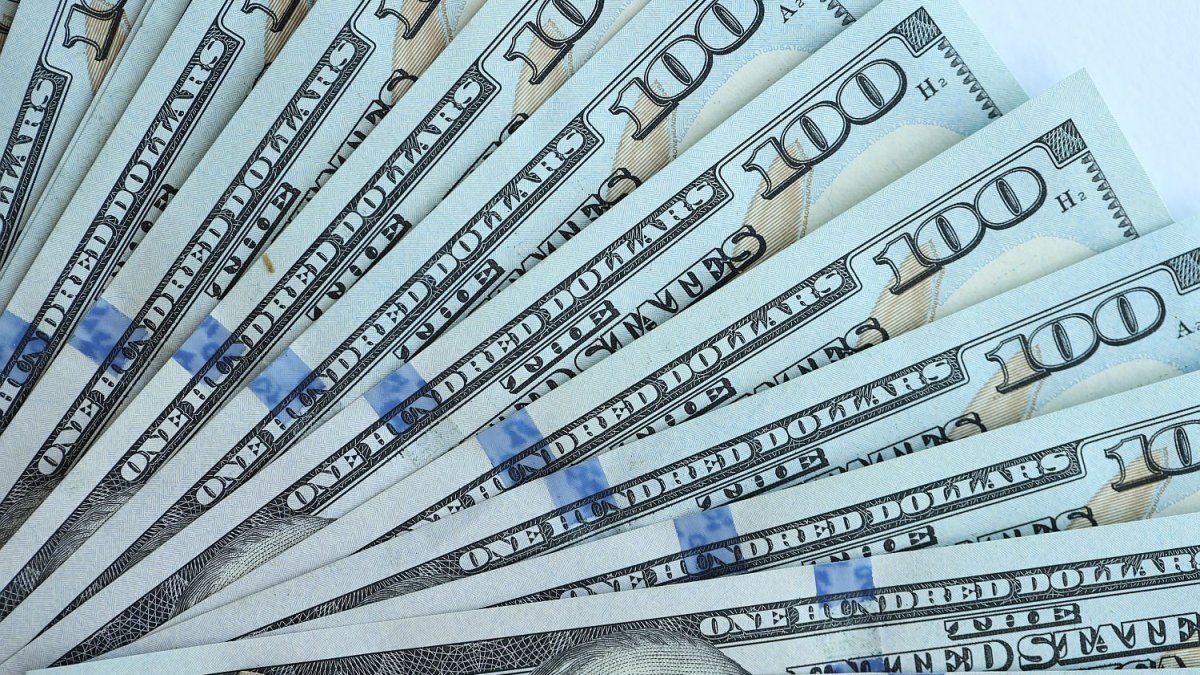The accumulation of international reserves and the fall in exchange rate gaps between the official exchange rate and the parallel ones (blue, MEP, CCL) in recent months have sparked the discussion on the viability of lifting exchange controls.
This optimism lies in the fact that parallel dollars are generally perceived as “market equilibrium” dollars. The exchange gap is currently around 20%, so under that reading, the release of controls would imply a relatively minor devaluation (although not at all negligible). For its part, the amount of reserves indicates the BCRA’s ability to satisfy the different sources of foreign exchange demand.
Now, when analyzing why the exchange gap has fallen, how the BCRA has accumulated reserves in recent months, and at the same time estimating what the demand for foreign currency could be in the event of freeing the market The conditions do not seem to be in place to lift the stocks in the short term, even if the Government obtains external financing, something that at the moment seems unlikely.
Gap and reserves. The recent evolution.
The The reduction in the exchange gap in recent times is largely explained by the existence of regulations that contain parallel contributions, especially the possibility of exporters to settle 20% of their exports at the CCL exchange rate, which generates a supply of about 1.2 billion dollars per month.
Claiming that this is a free dollar that reflects the equilibrium value of the market is inaccurate. If the exchange controls are lifted, the official exchange rate and the parallels would be unified and could well do so at a value higher than the current price of the CCL, especially if the liberalization of the market leads to an exchange rate run.
For its part, since the change of Government and until the end of March, the BCRA purchased foreign currency for about 11.4 billion dollars and gross reserves grew by almost 6 billion dollars (the difference is mainly explained by the payment of debt). Now, the purchase of foreign currency by the monetary authority was possible thanks to the accentuation of restrictions on the payment of imports.
Between December 2023 and February 2024, the BCRA enabled the payment of only 27% of imports registered with customs, which results in a difference between accrued and paid imports of almost 9.5 billion dollars. If the BCRA had enabled full payment for imports, the purchase of dollars by the BCRA would have fallen from almost 11.4 billion to 1.9 billion and consequently international reserves would have fallen by about 3.5 billion. always considering that the data on the new commercial debt for non-payment of imports does not include the month of March, in which the difference between accrued and paid imports would be around 2 billion dollars.
The “pent-up demand”
The accumulation of reserves from postponing the payment of imports is not only a warning sign about the sustainability of the rate of foreign currency purchases, but also increases the risk of lifting the stocks.
If exchange controls are lifted, it is expected that at least a portion of the importers who could not access BCRA dollars to pay for imports in these months will do so and cancel their debt abroad. Even importers who accumulated commercial debt in previous years could demand the dollars from the reserves. The stock of commercial debt accumulated in previous years (over an amount of 29 billion dollars, which is the amount I consider normal) and discounting the issuance of Bopreal in these months exceeds 20 billion dollars.
On the other hand, in recent years there have been dividends that could not be sent abroad due to controls. Between 2020 and 2023, less than 4% of the income generated by foreign direct investment (FDI) was remitted abroad. This is a much lower percentage than that recorded in periods when such regulations did not apply. Between 2008-2011 and 2016-2019, 34% and 27% respectively of foreign investment income were turned over as profits. If this average percentage of around 30% of FDI had been maintained between 2020 and 2023, multinational companies would have transferred dividends for an amount close to 6 billion dollars, about 5.2 billion more than what was actually transferred.
This potential demand for foreign exchange should not be underestimated. As an example, in 2016, after the BCRA dismantled all current regulations, the remittance of profits exceeded 3 billion dollars, equivalent to 52% of the FDI income of that year, the highest value. top of the series.
The escape
Beyond the stock of demand repressed by controls in recent years, it is worth asking what dollarization for savings could be, also known as external asset formation (FAE). It has been the main source of demand at times when there were no controls and the other side of the debt phases without counterparty verified in the periods 1976-82, 1990-2001 and 2016-2019.
As an example, In the period 2008-2011, about 17.6 billion dollars per year left the country for this reason, and in the period 2016-2019 that amount rose to 21.7 billion dollars. On the other hand, in the periods 2012-2015 and 2020-2023, thanks to strict controls, the outflow of foreign currency through this channel was 3.7 and 1.2 billion dollars, respectively.
The reading that a market-friendly government is enough to guarantee a positive flow of dollars is, at best, risky. The IMF has been showing signs of being on the mend when it comes to guaranteeing the financial assistance that the government demands. But also the idea that a greater cushion of debt reserves is enough to reestablish confidence and prevent flight is the same one that promoted the stand-by agreement with the IMF in 2018, through which some 44 billion dollars were received. Far from decreasing, capital outflows increased in the following months.
The liquefaction of the stock of savings in pesos and liabilities of the BCRA that the Government carried out in recent months is substantial in relation to inflation, but not in relation to the dollar, crawling peg product of 2% monthly. As an example, the stock of passive repos at the end of March exceeded 32 trillion pesos, which at an exchange rate of 900 pesos per dollar is equivalent to about 35 billion dollars, 26% above reserves. gross amounts that the BCRA has. That is to say, there continues to be a significant stock of savings in pesos that could generate problems if it tries to dollarize itself in the face of the lifting of the stocks.
Another source of demand is private sector financial debt payment. The previous Government implemented a scheme that allowed the private sector to access the exchange market for 40% of the amount of its debt maturities, having to pay the remaining 60% with its own currency or refinance it. In the remainder of 2024, the capital maturities of private financial debt would amount to about 5.4 billion dollars (about 1.6 billion correspond to debt with companies in the same group). Enabling full payment of said debt would imply an extra outflow of 3.2 billion dollars.
In summary, The potential demand that the BCRA could face in the event of a lifting of controls is considerable, which could generate an excessive exchange rate jump. with the contractive and regressive effects that this implies. This risk increases the more drastic and sudden the lifting of controls. Resorting to external debt (beyond the fact that financing sources of the necessary magnitude do not seem available today) would be a mistake, as recent and not so recent experience shows.
FIDE chief economist. @pgaite5
Source: Ambito
David William is a talented author who has made a name for himself in the world of writing. He is a professional author who writes on a wide range of topics, from general interest to opinion news. David is currently working as a writer at 24 hours worlds where he brings his unique perspective and in-depth research to his articles, making them both informative and engaging.




